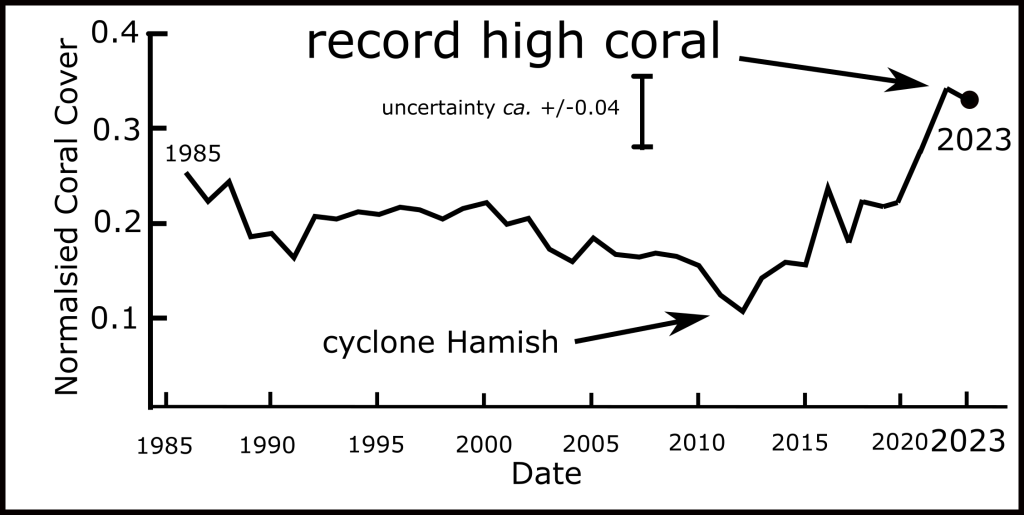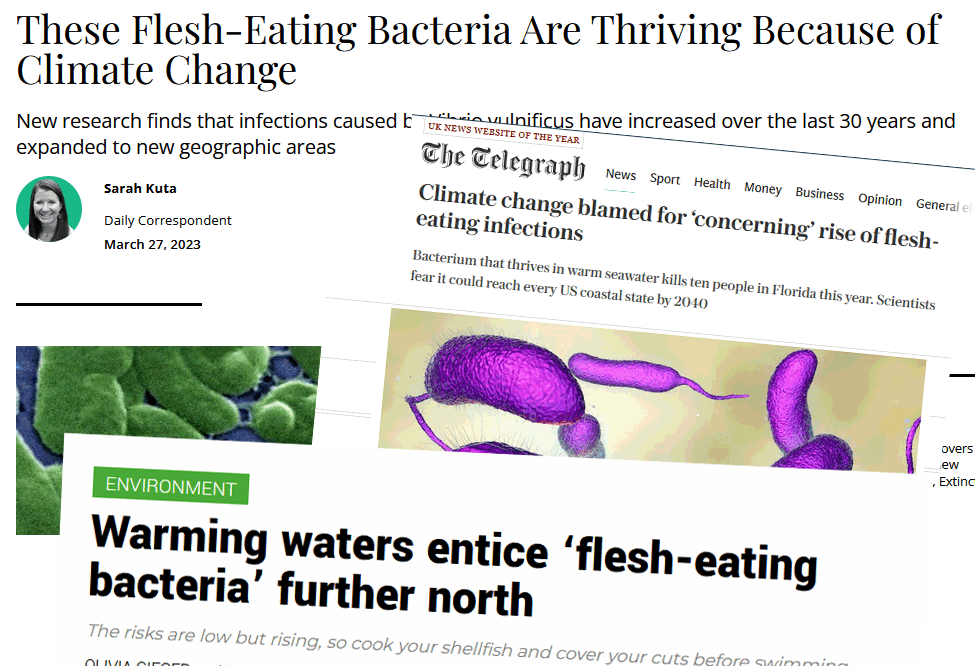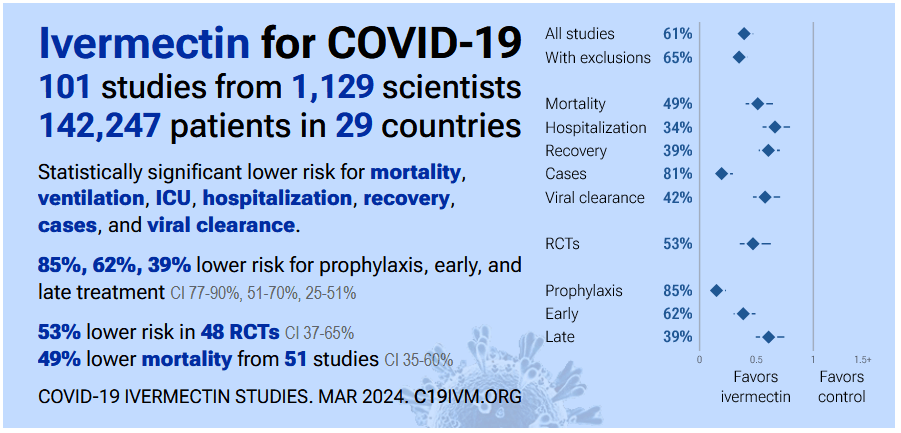|
|
||||
|
By Jo Nova Winning? For the moment the UN has quietly packed away plans to tell everyone to give up meat to stop bad weatherBack in November the UN was all set to boss the citizens of wealthy nations around. The plan was to badger them into giving up meat so their grandchildren would have slightly nicer weather. Possibly, after thousands of farmers stormed across the EU in their tractors this winter, the idea has lost its appeal. Not that the UN has the honesty to explain why they changed their minds, or even to admit they did. But the first installment of the UN Food and Agriculture Organization (FAO) food systems roadmap has left the activists reeling.
The omission of meat-eating reduction from proposals in a UN roadmap to tackle the climate crisis and end hunger is “bewildering”, according to academic experts. The group also criticised the UN Food and Agriculture Organization’s report for “dismissing” the potential of alternative proteins, such as plant-based meat, to reduce the impact of livestock on the environment. For the first time ever, some activists even called for “transparency”: In a commentary published in the journal Nature Food, experts said the FAO’s failure to include a methodology on how the 120 actions it did support were chosen, or a list of authors, was “concerning and surprising”. They called for the next instalments of the roadmap to be more transparent … A group of academics has written a paper in Nature criticizing the UN group. They can’t believe the UN would miss an opportunity to promote vegetarian lifestyles and fake meat. The head of the FAO group defended himself, saying “Dietary change is mentioned eight times in the 50-page summary report” which sounds like nothing at all, especially when they don’t even mention “reducing meat”. It may not last, but looks acts and smells like a win. Score 1 for the farmers…. the UN is being badgered by The People. By Jo Nova Brave researchers have decided to save the world by pumping seawater onto ice sheets in the depths of winter. They are struggling through -30C windy conditions somewhere off the top end of Canada. Their plan is to thicken the ice so it will survive longer in summer, thus presumably raising the albedo of Earth. For some reason the dedicated team at the BBC don’t mention what energy source drives the pump. I wonder where that cord goes?
Could the cord go to a diesel gen, sitting on arctic ice, snipped out of the photo? If it was a solar panel, we know they would have told us. Even the BBC calls the plan “insane” — though we sense they mean it in the same way a fourteen year old might describe a diamond encrusted skate park. Their goal? To slow global warming. But a small number of advocates claim their approaches could give the planet a helping hand while humanity cleans up its act. The ultimate goal of the Arctic experiment is to thicken enough sea-ice to slow or even reverse the melting already seen, says Dr Shaun Fitzgerald, whose team at the University of Cambridge’s Centre for Climate Repair is behind the project. Researchers are apparently excited that they’ve “already seen the ice thicken by a few tens of centimeters across their small study area.” That much eh? Since arctic sea ice stretches across some 10 to 15 million square kilometers, this could be quite a task. The experts at the BBC didn’t think readers need to know these details, but they do briefly hint that they might need “10 million wind-powered pumps to thicken sea-ice across just a tenth of the Arctic.” Apparently the words “diesel, petrol, fossil fuel” can’t be mentioned in a story about solutions of climate change. Naturally, they have a struggle session about whether this is even a wise experiment given that salty ice might melt faster than normal ice. The worst possible thing of course, is that polluters might get the crazy idea they could burn fuel without tantric guilt.
By Jo Nova By golly. 1948. Some will remember a time when smart people got things done. The three minute piece describes the awesome value of Yallourn Coal Power Plant — “converting brown coal to light and power”. This one plant supplied two-thirds of all the electricity the state of Victoria needed at the time. Most of those turbines built from 1928 to 1961 have since been shut down, but the last one, built in the 1970s, keeps on running today. Yallourn W is rated at 1,450 MW and supplies one fifth of Victoria’s energy still. H/t to David Maddison who says: “Sir John Monash (d. 1931) who built Victoria’s electricity supply back in the day would be appalled at what the Unipary has done to his creation.”
I’ll be away for a few days at the Conference in Albury. Apologies, posting will be lighter… By Jo Nova High quality fuel produces high quality lifestyles. Diffuse, unreliable fuels produce chaos and vulnerability. As humans slip back down the energy density ladder, they lose the power to create order. To build, to fly, to repair, and to eat pineapples from Costa Rica. Entropy is coming to break your fridge and give you wrinkles. A great video by NetZeroWatch
BTW — If any reader knows a lot about fences and pillar and post retaining walls and is in Perth, I might have a paid job for you. Keen to get your advice too! — Thanks Jo. Please email me at joanne at this domain here.
By Jo NovaJust another spot of climate porn for the industryLike a bad B-grade movie, nearly every science news story also doubles as an advert for a cult and a carbon tax. Last August three people (three!) died from infections of Vibrio vunificus in New York. The horror-show microbes are advancing up the East Coast of the US “thanks to climate change”. And they’re racing at the breakneck speed of 30 miles a year. Quick, put up some solar panels! Some 3,464,228 people died of other causes last year in the USA, but nevermind about that. Let’s remodel the economy anyway. Warming waters entice ‘flesh-eating bacteria’ further northOlivia Geiger, ScienceLine Who needs satellites to measure temperatures, we can measure climate change with flesh eating bugs: A “microbial barometer of climate change” From 1988 to 2018, infections on the East Coast have increased from 10 to 80 cases a year, according to Archer’s research. The bacteria’s range has moved nearly 30 miles north per year and will continue to do so, even if the climate warms relatively slowly. By 2040, Vibrio vulnificus is likely to be at home in the Long Island Sound. While very few people contract vulnificus infections, one in five who do are likely to die. The real crime in this reporting is not the clickbait hyperbole, but the wallpaper intrusion of another disguised advert for a religion and a tax. Implicit in the headline is the “news” that coal causes flesh eating infections, that all climate change is bad, and that nothing remotely, even a tiny bit useful, could come from warming or fossil fuels. Our lives become filled with trivia and irrelevant misinformation, like litter. The big picture goes unspoken. A far bigger killer is poverty and cold but they rarely get marked on the death certificate. Lower indoor temperatures kill six to twenty times times as many people as heat does. And when the heat comes, air conditioners save around 20,000 lives a year in the US, — if only people can afford to turn them on. Obviously every medical association is advocating for cheap coal, oil and gas in order to save hundreds of thousands of lives. Yes, no, well… not even close. Science journalists are the foot soldiers of voodoo.
There are lots of ways to screw up, delay, distort and blur a medical studyAnd the Principle Trial did all of them. So here we are, years too late, getting another nanomole of truth squeezed through the distortion field. The Principle Trial gave people ivermectin far too late, and told them not to take it with food, both of which stop it being useful — yet despite that, ivermectin still saved lives and produced a statistically significant benefit. So the researchers sat on the results for a year and a half, then wrote it up with the opposite conclusion. Welcome to modern industrial medicine where the experiments are just a theatre performance. The government pretends to care and set up a big study, while they design it to fail and then hide and twist the results. The point of doing experiments is not to find the truth but to kill it. If the crowd is baying for answers, what better way to silence them than to say you are doing a long indepth “glorious” study that takes years to complete? It was naked sabotage…
Viruses multiply exponentially at the start of an infection, so every hour matters. The sooner an antiviral drug is started, the smaller the total viral load will be, and most likely, the shorter the infection. By the time symptoms start the virus has run amok and 1 little virion may have turned into one million virions per ml — headed for a billion. So the Principle Trial designers made sure to express deliver the artificial patented Molnupiravir drug to the randomly selected patients, while the people selected in the ivermectin arm were signed up in slow motion. Pierre Kory has the whole sordid story. One poor man claimed that after he tested positive, he had to wait 11 days for his enrollment form to come through. Ivermectin could hardly “shorten his illness” if he’s already recovered. And conversely it could hardly save his life if he was already dead. It was so petty (but thoroughly so) that the information forms for the Molnupiravir test told patients medicine would be delivered the “next day”, and patients were given the option to pick up the medicine from the pharmacy even faster. But in the Ivermectin arm the words “next day” were deleted — the medicine would just be delivered (sometime). The excellent c19ivm team listed the differences in the trial design, and practically name a hundred different kinds of bias. It’s as if no stone was left unturned to get a “null” result on ivermectin. As Pierre Kory says so scathingly — the same person designed both trials: “The reason why the above table is so powerful is that the two trial designs were by the same Principal Investigator at the same “august” institution. Why such discordant designs? Why did Butler (notice my refusal to call him Professor), when studying ivermectin, use such a low dose on an empty stomach for such a short duration (no other anti-viral is ever used for less than 5 days), so late in the disease (up to 14 days?), in more mildly ill patients?” Despite the sabotage, the Epoch Times reports ivermectin treated patients died at less than half the rate: People who tested positive for COVID-19 and took ivermectin as a treatment recovered faster than a comparison group… The time to self-reported recovery was a median of two days faster among the ivermectin recipients, according to the large UK study. People who received ivermectin were also less likely to be hospitalized or die, with 1.6 percent of ivermectin recipients being hospitalized or dying versus 4 percent of the comparison group, which received typical care, which in the UK is largely focused on managing symptoms. About 2,000 people were given ivermectin (of a sort) and about 3,000 were given “usual treatment”. 11 people died in the normal treatment arm, but only 2 died when given ivermectin. The biggest crime was that for three years people were denied the best treatment they could get. Statistical games
As Pierre Kory points out, the results must have looked so good they couldn’t possibly release them. Apparently they suddenly needed to extend the trial for a whole years followup and create some excuse about how ivermectin didn’t make some arbitrary hazard ratio bar they set post hoc. Kory remarks that in their results of “time til recovery” the probability ivermectin was superior was found to be >.999. Yet their conclusion was that “Ivermectin is unlikely to provide clinically meaningful treatment” (especially if you want to keep the hospitals full eh?) Furthermore they say, it’s not worth doing more trials. (Big Pharma will be happy about that). The new “Hazard Ratio Bar” they invented is chicanery:So the authors concluded that this finding was unlikely to provide a clinically meaningful result? What? I want to be brief here, but this is statistical chicanery – to support this statement they instituted an almost impossible bar to clear, that of a “pre-specified hazard ratio level that must be greater than 2.0.” I have never heard of this. A hazard ratio does not need a pre-specified level. If the HR is > 1.0, and it is statistically significant, it is a robust finding. The HR for ivermectin was a statistically significant 1.15! But it was not 2.0, so .. dismiss the result? Whatever. Wow. just wow. Another way of saying the above is that they literally designed the statistical threshold for effectiveness in such a way that, even if ivermectin was found to be effective (which they found), if it was not like, am (arbitrary) “super large magnitude” of efficacy, it should not be recommended or thought effective. What? — Pierre Kory Despite the extraordinary lengths they went to, ivermectin still helped. Imagine what it could have done if it was used properly? In another study done in Brazil – ivermectin reduces deaths by 92% for 10 cents a week. It could have saved so many…
REFERENCEHayward et al (2024) Ivermectin for COVID-19 in adults in the community (PRINCIPLE): an open, randomised, controlled, adaptive platform trial of short- and longer-term outcomes, Journal of Infection on Feb. 29 2024. Drowning clock by 51581 from Pixabay
|
||||
|
Copyright © 2024 JoNova - All Rights Reserved |
||||

























Recent Comments